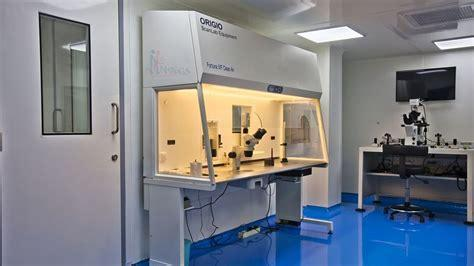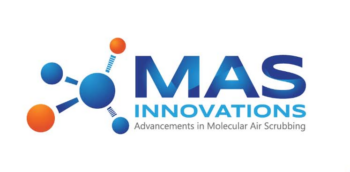The reason for gaseous filtration at in-vitro fertilization (IVF) laboratories stems from concerns related to gas contaminants generated outside the building (auto exhaust, industrial emissions) and those generated inside the building (building material emissions and everyday cleaning activities). Therefore, individuals involved in IVF applications have conducted studies referencing the problems caused by poor air quality and the successes in increased fertilization and impregnation rates that result from the use of proper gas phase filtration. Many of these studies reference the use of two media in IVF gas-phase filtration applications; virgin activated carbon (AC) and potassium permanganate-impregnated alumina (PIA). Virgin activated carbon tends to be more effective in removing volatile organic compounds (VOCs) and certain inorganic compounds like chlorine. Permanganate-impregnated alumina uses an oxidizing chemical reaction to remove reactive organics and inorganics like hydrogen sulfide, sulfur dioxide, and nitric oxide with higher efficiency. Using both types of media provide a broader range of contaminant removal than using one media alone.

